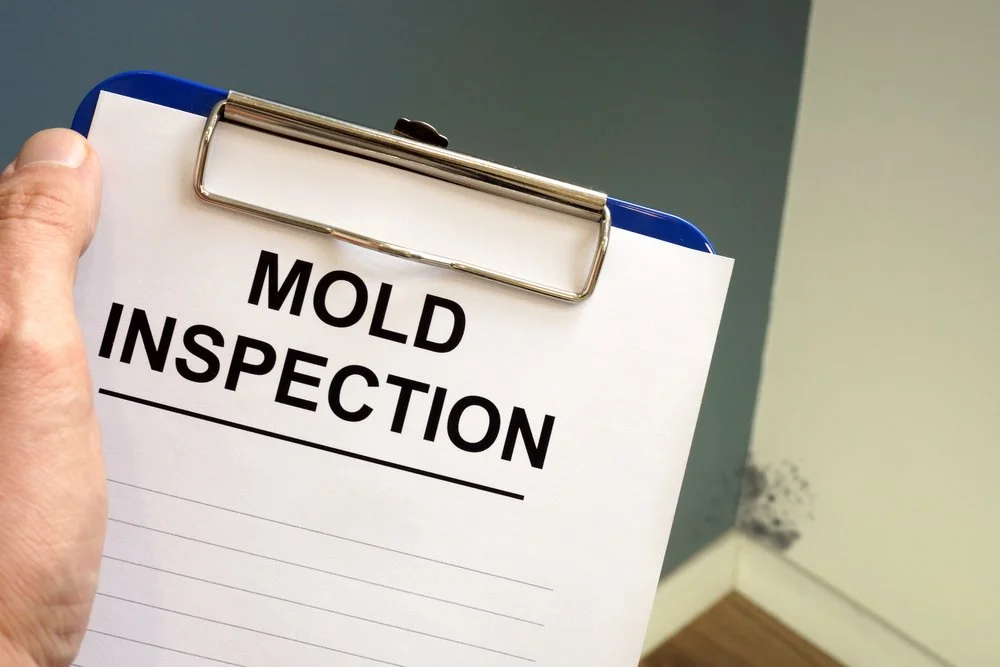When Do You Need Mold Inspection
If you think you have mold in your home, a professional can perform a visual inspection of the house or building. Mold inspectors will look in places where mold spores can hide, such as inside pipes or behind walls.
They may also use swab testing. However, testing is never a substitute for a thorough visual inspection.
1. Unpleasant Smells
Mold inspections involve examining the property for signs of mold growth. If the inspector suspects that there is a problem, they may carry out air sampling using a spore trap and moisture measuring devices.
Moldy smells are often caused by a hidden problem, such as a plumbing leak or poorly ventilated bathroom. Before your appointment, shut off your HVAC system as it could dilute the natural concentration of mold spores in the air and make it harder to detect.
2. It Can Affect Your Children
Molds can cause a variety of health issues, including fatigue, respiratory problems, eye irritation, and allergic reactions. These can be especially dangerous to children and those with preexisting breathing conditions, like asthma.
Mold inspectors will look for visible mold and check the property for leaks, poor ventilation, and other factors that could contribute to moisture and mold growth. They’ll also take air samples and compare them to outdoor levels to determine the concentration of mold spores in the home.
3. It can Also Cause Health Issues For Adults
Mold is a type of fungus that thrives in moist environments. It produces spores that are airborne and can cause health problems including allergies, rashes, and fatigue.
Long-term exposure to mold can cause respiratory issues and even lung infections. For this reason, it is important to have a mold inspection done by an experienced professional. They use moisture sensors and other tools to find hidden areas where mold is likely growing. They can also carry out surface sampling using a swab to identify specific types of mold.
4. Pets Can Be Affected
drywall and paneling. Spores float in the air until they reach an area that is conducive to growth. Once spores take hold, they start to spread and damage whatever surface they grow on.
Property owners and managers should inspect for signs of mold. A mold inspection can prevent the outbreak from getting worse and save money in remediation costs.
5. All Rooms Should Be Inspected
Professional mold inspection is a specialized field that requires a great deal of knowledge and expensive equipment. This is why you should only hire companies that have a good reputation and years of experience with this type of work.
A quality inspector will look for both past and current mold growth and test the air in the building. They will also use moisture-mapping devices to pinpoint areas of elevated humidity.
6. Bathrooms Are Especially Susceptible
Mold spores can make it difficult to breathe, especially for people with preexisting respiratory conditions like asthma. A professional can identify the source of the problem and repair it, preventing the mold from returning.
Mold inspectors look for hidden areas that you can’t see, like behind walls or inside flooring or ceiling tubes. They will also check ductwork and attics for mold.
Before a mold inspection, clear away clutter under sinks and other nooks and crannies. This will help the process go more quickly and efficiently.
Molds thrive in damp environments. Therefore, a mold inspection should include a check for the presence of moisture problems, such as leaky roofs and poorly vented bathrooms.
Before the inspector arrives, be sure to shut off your HVAC system and remove clutter from the areas of concern. This allows the inspector to perform a walk-through evaluation of your home and take samples. These include air samples and swab tests that go under laboratory assessment.
8. Other Rooms May Be Affected As WEll
Mold inspections typically involve a visual examination of the property. Your inspector will look for signs of water damage, excessive humidity, high spore counts and more. They’ll also take samples of the air and surfaces for analysis.
These samples will then be sent to a laboratory for assessment. This includes comparing the results with outdoor samples.
Some types of mold are perfectly normal and don’t cause any problems. Examples include Ceratosystis and Ophiostoma.
During our mold inspection, your inspector will complete a walk-through evaluation and assess sources of moisture such as poor humidity control and excess condensation. They’ll also look for signs of mold growth and high air spore counts.
Before your appointment, close all windows and doors, and shut off any air purifiers or dehumidifiers. This will maximize the accumulation of spores for easier detection. T
Contact Us for Mold Inspection Services
At Mold Detection Southern California, we offer comprehensive mold inspection services to identify and remove mold from your home or business. Our experienced technicians will use the latest technology and equipment to inspect your property and identify any mold growth.
To schedule an appointment for mold inspection, please contact us today. We look forward to helping you get rid of mold and improve your indoor air quality.

